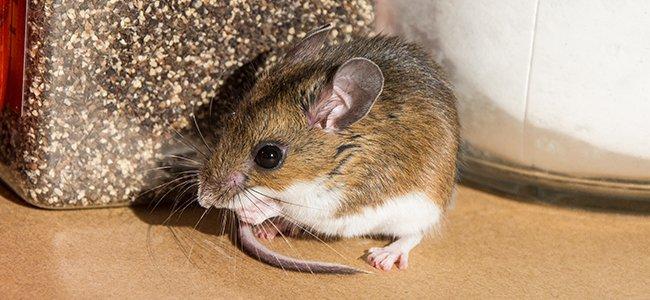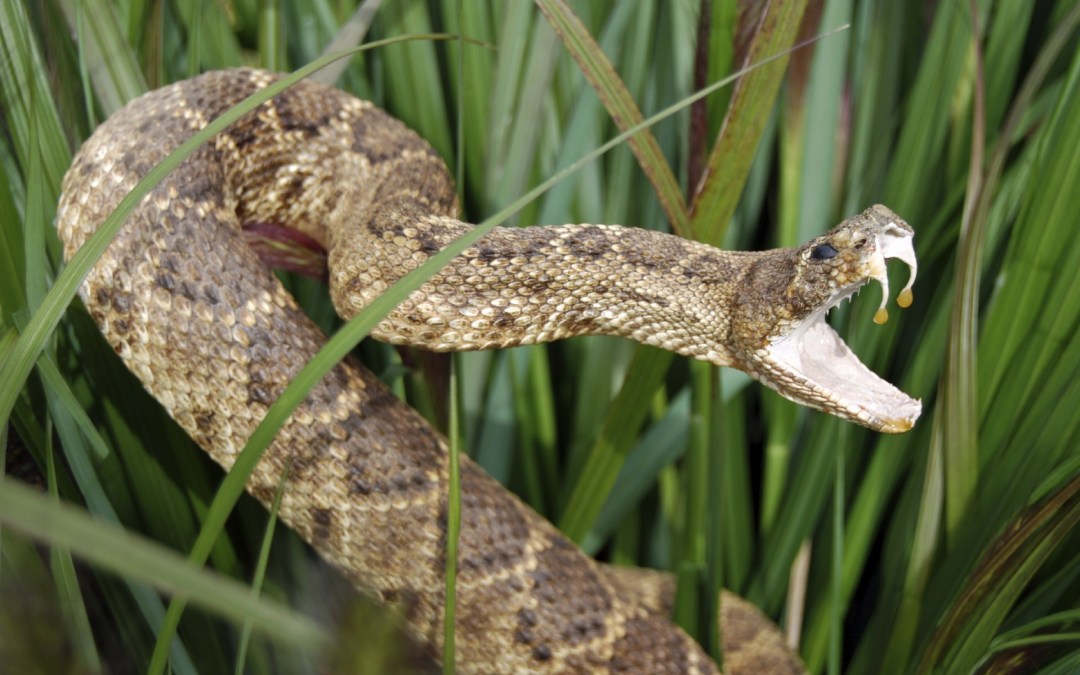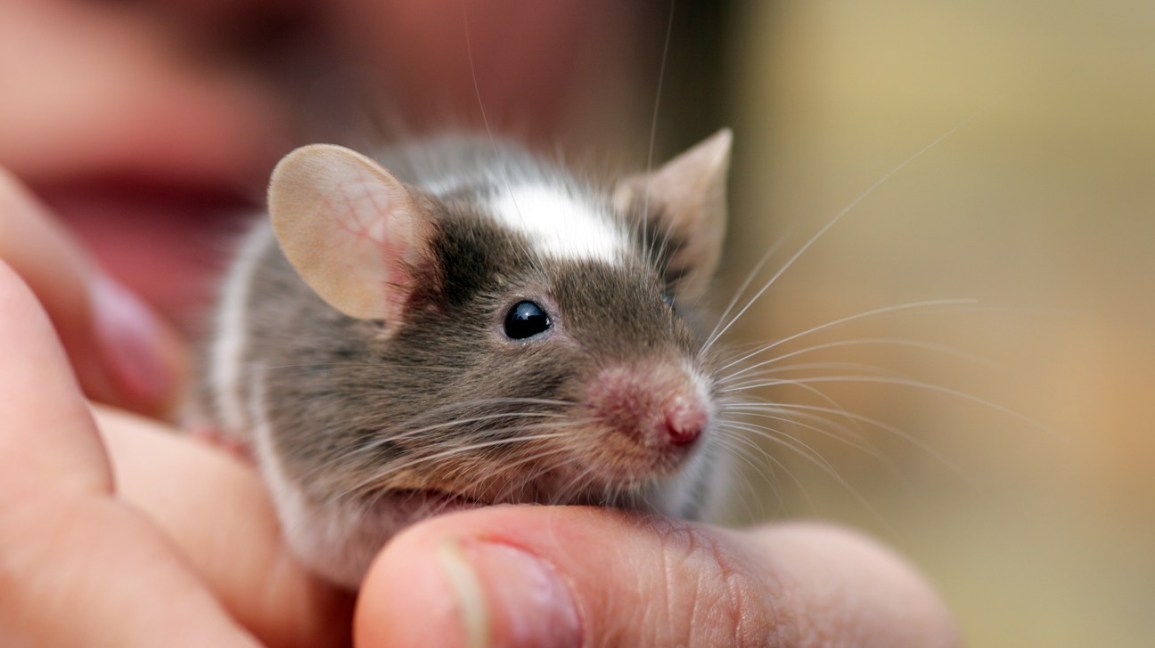There are many different animals in the animal kingdom who have the potential to bite with extreme force. In fact, some of the most deadly creatures on Earth are known as such due to their extreme biting power. Think about the crushing jaws of a black bear, or a great white shark.

While a pair of strong jaws is plenty to be afraid of, there is a second kind of bite that people fear even more. I’m talking about a venomous bite. A bite that injects you with venom could mean certain death. The animals who hold this fearsome ability are avoided at all costs.
We are lucky that venom is not a common trait in most biting creatures or else we would be in big trouble. What is the difference between these two types of creatures? Could a bear one day produce a venomous bite? How about a bird? What about a mouse? Science says yes.
When it comes to venom, one thing is for sure. We humans are not venomous creatures. That would make kissing very difficult. The same is true for our fuzzy little mouse friends as well, but scientists at the Okinawa Institute of Science and Technology Graduate University (OIST) and Australian National University believe there is something that lies inside of mouse and human DNA that has venomous potential. Don’t worry, mice won’t be spitting venom anytime soon.

Agneesh Barua is a Ph.D. student and author of the research. Agneesh said, "Venoms are a cocktail of proteins that animals have weaponized to immobilize and kill prey, as well as for self-defense. What's interesting about venom is that it has arisen in so many different animals: jellyfish, spiders, scorpions, snakes, and even some mammals. Although these animals evolved different ways to deliver venom, an oral system—where venom is injected through a bite—is one of the most common and well-studied."

Scientists wish to find the point when oral venom first came to be. This new information is proving that oral venom goes way back into the past as far as its origin. “Many of the toxins currently found in venom were incorporated after the oral venom system was already established. We needed to look at the genes that were present before venom's origin, genes which enabled the rise of venom systems."
The team studied a type of Asian pit viper so they could see how the glands worked. Venomous glands are incredibly complex, needing to mix different proteins and chemicals to keep the venom viable while not causing any ill effects on the creature itself. "The role of these genes in the unfolded protein response pathway makes a lot of sense as venoms are complex mixtures of proteins. So to ensure you can manufacture all these proteins, you need a robust system in place to make sure the proteins are folded correctly so they can function effectively.”

As far as how this related to mice, Barua said, "There were experiments in the 1980s that showed that male mice produce compounds in their saliva that are highly toxic when injected into rats. If under certain ecological conditions, mice that produce more toxic proteins in their saliva have better reproductive success, then in a few thousand years, we might encounter venomous mice."